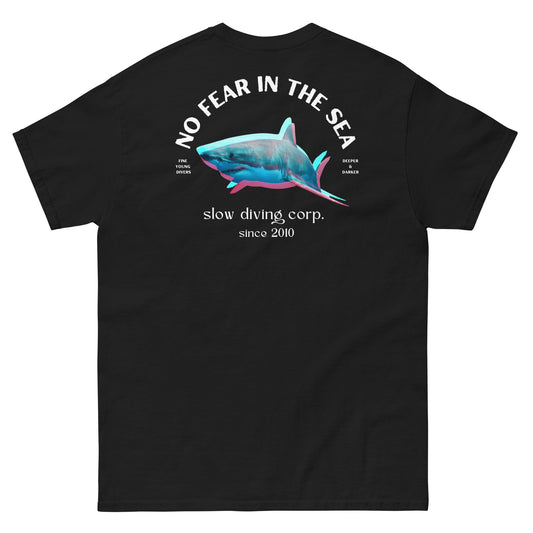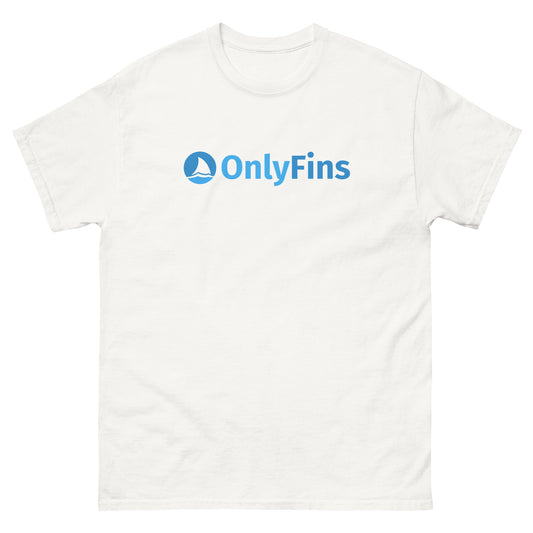The Whale Shark (Rhincodon typus) is the largest fish of our oceans. It can grow up to 14 meters long and weight up to 20 tons, and it can live up to 70 years old. In contrast with most of the sharks of its same order (Orectolobiformes), which live close to the sea bottom, the whale shark is pelagic (lives in the open sea) and can dive to 700 meters deep.
We love whale sharks so much that they are highly featured in our collections: we have scuba diving with whale sharks t-shirts and whale shark posters. Place your order now, we ship worldwide!
These sharks prefer warm waters, with temperatures ranging between 21ºC to 30 ºC. The shark needs waters loaded with plankton, which is its main food source. Although it is a pelagic species, it can be easily found near the coast, by lagoons and coral atolls where it can easily feed.
The whale shark’s head is wide and flattened with a mouth that can open up to 1,5 meters where it has a large number of small teeth. Its dorsal and side areas are normally gray with traces of brown and horizontal and vertical white stripes. The ventral is white, as it is in the majority of sharks. It has two dorsal fins placed coles to a large caudal fin.
Its movements are slow and parsimonious and spends most of its time swallowing water which it filters to extract its food, the same way blue whales or manta rays feed. Although plankton is its main food, they also feed on small fish, crustaceans and even squid and tuna. To feed, the shark uses a curious technique which is to place itself in an almost vertical position, with its mouth very close to the water surface, and then move its head sideways. This behavior is probably due to the placement of its eyes on the sides of its head, which doesn’t seem to allow for much frontal vision.

Whale sharks live in every tropical sea and migrate every spring to the continental west coast of Australia, where they feed on the coral bloom of the Ningaloo reef. Whale sharks are believed not having fixed migration patterns and, depending on the amount of food, the can be found is coastal regions of the south and east of South Africa, Utila in Honduras, Belice, West Australia, and in the province os Batangas in the Filipines, in Mar de Cortez and by Isla Mujeres in Mexico, in Indonesia, Madagascar, in reefs of Mozambique, Tanzania, Zanzibar and, very rarely, even in Eilat, Israel. During its food migrations there are records of groups of up to 100 individuals.

Commercial fishing of this shark is not normally of interest. In Hong Kong about 100 specimens are captured every year for its meat and fins for soup. Its docile character has allowed it to benefit more from the tourism industry than for the commercialization of its meat. Thousands of divers visit every year areas of Thailand, Maldivas, Australia and the Philipines to swim with the whale sharks. This industry brings a large income to the local communities, hotels, restaurants and dive centers in these countries..
The size if this fish means that it does not have natural predators, although there are records of attacks from blue and mako sharks to young specimens, which are about 60 cm long on birth.





















